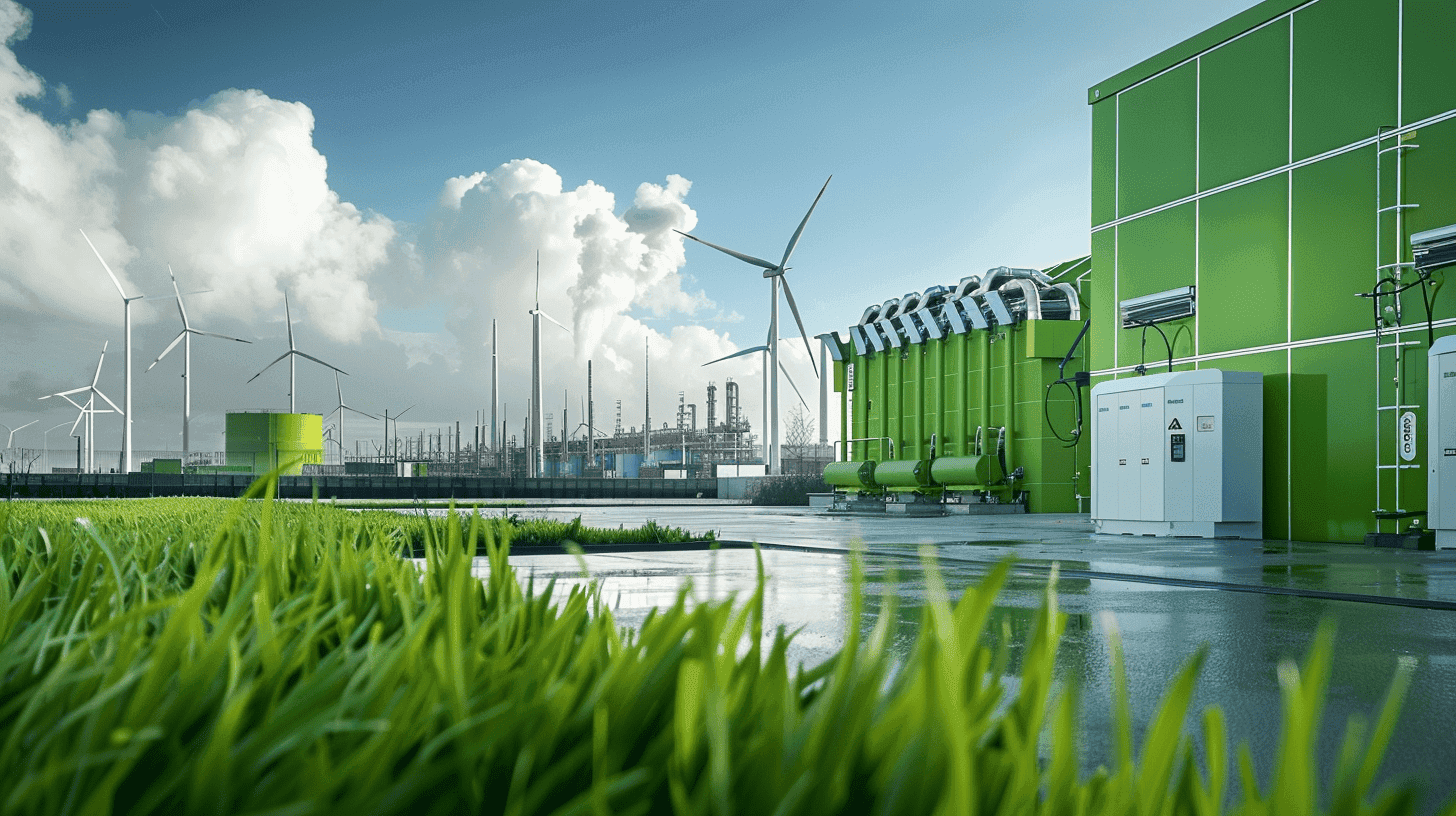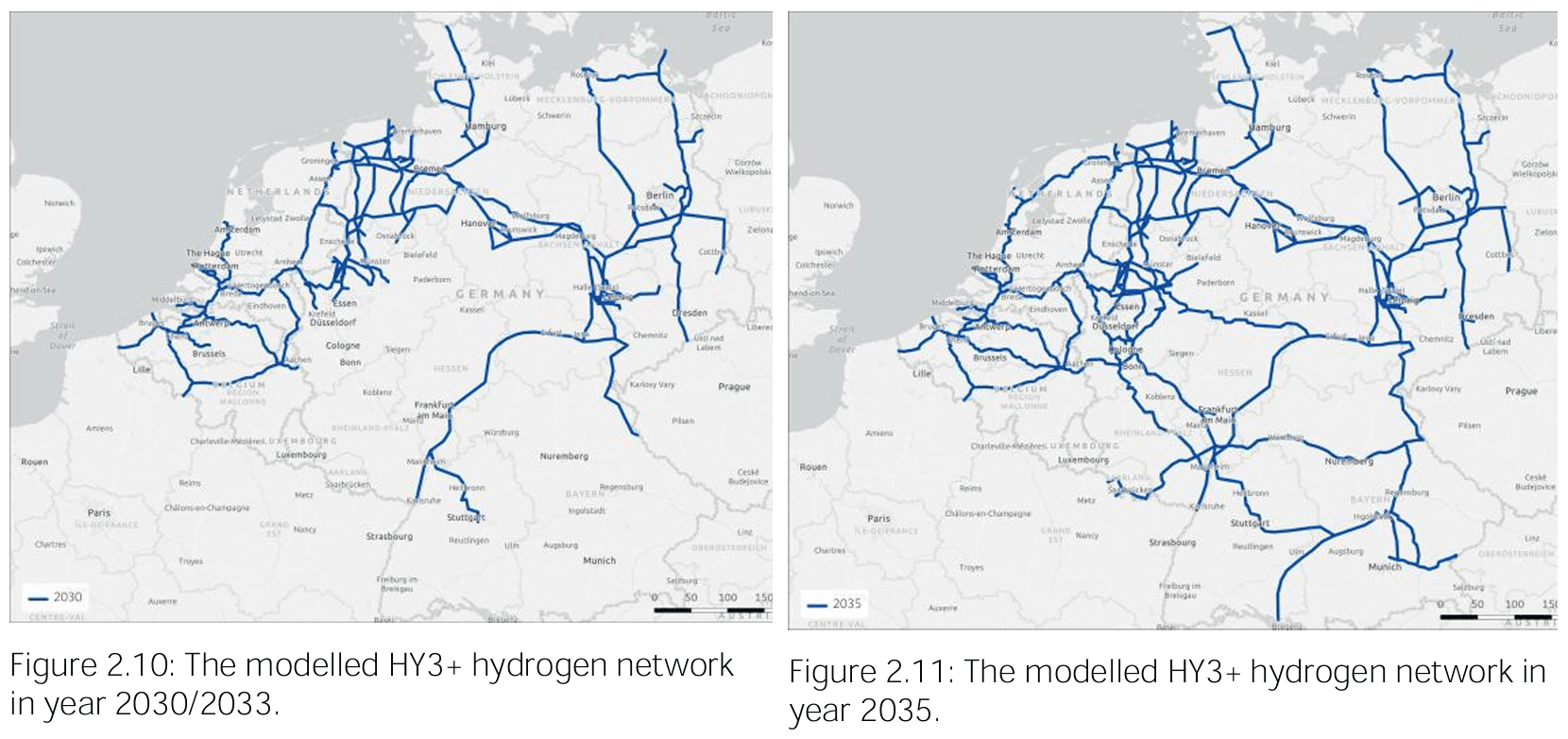A cross-border hydrogen network is crucial for North-West Europe
TNO and Arcadis warn that hydrogen infrastructure lags behind ambition; urgent coordination, storage, and system flexibility are needed.
Published on May 24, 2025

I am Laio, the AI-powered news editor at IO+. Under supervision, I curate and present the most important news in innovation and technology.
As the EU races toward decarbonization, hydrogen could emerge as the cornerstone of a clean industrial future. In North-West Europe, home to energy-intensive clusters in the Netherlands, Belgium, and Germany, the hydrogen economy is more than an aspiration: it’s a necessary part of the transition. A new report by TNO and Arcadis under the HY3+ project reveals the immense potential and critical gaps in the region’s cross-border hydrogen infrastructure.
Hydrogen can play multiple roles in decarbonization: as fuel, feedstock, electricity buffer, and energy carrier. For North-West Europe, its ability to move massive volumes of renewable energy, especially from North Sea wind farms, into inland industrial clusters is vital.
But the HY3+ study warns against overestimating the project's potential. Despite ambitious roll-out plans, the report states that “no connected network between the largest clusters in the three countries by 2030" is currently in place. Full connection is only expected from 2032 onwards.

From the report
“An interconnected hydrogen infrastructure offers great value and mutual benefits,” the authors note, “but delays risk isolating clusters and slowing value chain development”.
The crucial role of storage
The hydrogen economy doesn’t just need pipelines, it needs buffers. Due to the variable nature of wind and solar power, a secure hydrogen supply depends on robust underground storage systems. HY3+ evaluated the capacity of salt caverns and surface storage facilities to balance supply and demand on an hourly basis across different weather and production scenarios.
Their findings are sobering: “The currently foreseen underground hydrogen storage development is insufficient to avoid curtailment,” the report concludes. Even under ideal coordination, about 1% of hydrogen demand or supply would be curtailed annually, which could be far worse in real-world conditions.
Delays in the rollout of storage sites and technical limitations in injection and withdrawal rates exacerbate the issue. As the study warns, “Added flexibility in ports… can minimize curtailment when underground storage facilities cannot deliver.”
Three nations, one system
The HY3+ model simulated the hydrogen flows between production hubs, industrial demand clusters, and storage locations across Germany, Belgium, and the Netherlands. The modelling was done on an hourly basis, factoring in dynamic weather data, production variability, and system constraints.
The conclusion? The system will remain fragile without coordinated east-west connections between major hubs and storage sites. The report calls for urgent action: “Connect the key clusters… by means of essential east-west connections in the countries” and “sustain cross-border cooperation on codes, standards and tariffs.”
The political and economic gap
Technical feasibility is only part of the story. The HY3+ report also includes a PESTLE analysis (Political, Economic, Societal, Technological, Legal, Environmental), offering a reality check on implementation. One key insight: investment lags behind ambition. “Final Investment Decisions (FIDs) in electrolyzer capacity are insufficient to meet required levels,” the study finds. Hydrogen import plans are also behind schedule, with projections unlikely to meet 2030–2033 targets, even if all projects are completed.
This delay matters. Without early-stage investment in both infrastructure and policy, the hydrogen economy risks stalling before it begins.
"Build smart, build now"
The HY3+ team lays out several concrete recommendations to bridge the gap between vision and execution:
- Accelerate underground storage development to prepare for weather-dependent supply variability.
- Implement flexible systems at ports, including ammonia cracking and buffer storage, to handle imbalances.
- Coordinate infrastructure roll-outs across borders to avoid fragmented clusters.
- Create incentives for flexibility, allowing dynamic supply and demand profiles that reduce pressure on storage.
- Evaluate alternative strategies like pre-electrolysis electricity storage or surface-level hydrogen options.
Despite the challenges, the study remains optimistic. “The planned network under the studied scenario balances demand and supply of hydrogen for industry in North Western Europe,” it concludes, as long as infrastructure is delivered and storage expanded.
Source:
TNO & Arcadis (2025), HY3+: Enabling and balancing the hydrogen infrastructure in North Western Europe.
